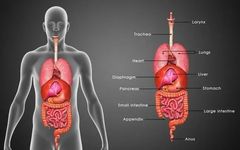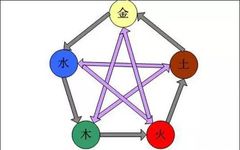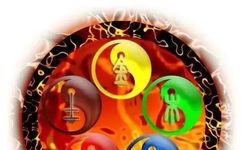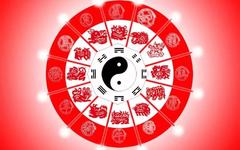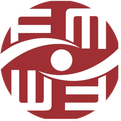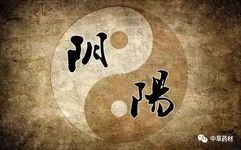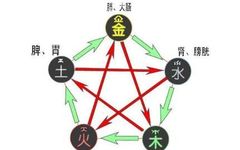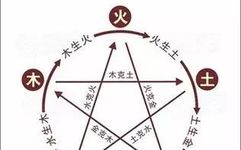A Comprehensive Explanation of the Interactions Between the Five Organs and Six Bowels in Traditional Chinese Medicine
There are a total of five organs and six bowels in the human body. The five organs are: Heart (Xin), Liver (Gan), Spleen (Pi), Lung (Fei), and Kidney (Shen); the six bowels refer to the Gallbladder (Dan), Stomach (Wei), Large Intestine (Da Chang), Small Intestine (Xiao Chang), San Jiao (Triple Burner), and Bladder (Pang Guang). … Read more

